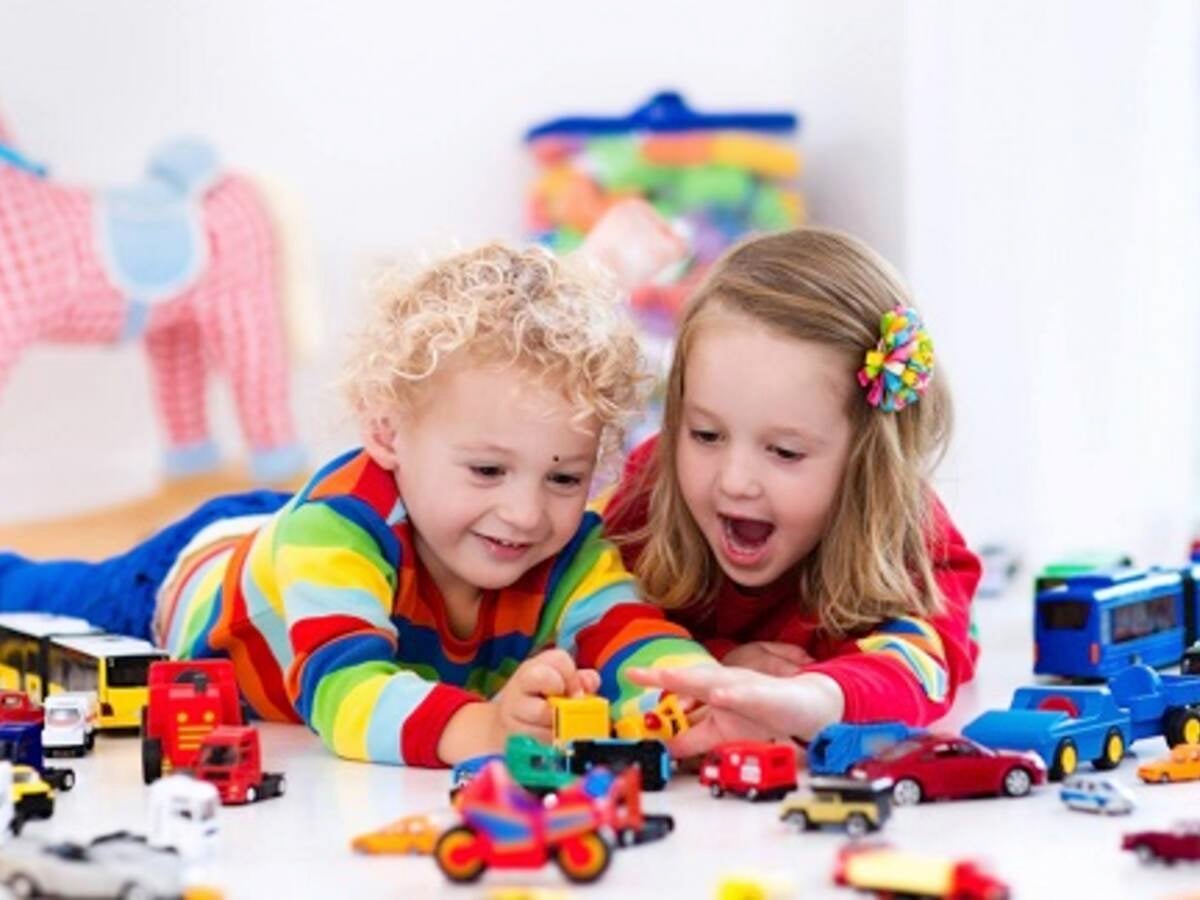March 29, 2017
According to the CPSC, U.S. product recalls of children’s toys have decreased from 172 in 2008 to 24 in 2016 due to new mandates that have promoted greater safety compliance across the toy industry. “While compliance with U.S. safety regulations and standards is mandatory for children’s products, toy recalls still happen, though at a much lower rate than in years past. Industry is now increasingly focused on further reducing recalls by building stronger supply chains,” explains Susan DeRagon, a senior technical consultant with UL’s Toys & Children’s Products business.
After logging its most robust sales growth rate in more than 17 years, the toy industry grew to $20.36 billion in annual revenues. With this expansion comes ever-greater supply chain complexity, and, the toy industry is increasing its focus on the safety of its manufacturing production and supply chain processes. Greater visibility into their product supply chains, including the ability to conduct real-time supply chain audits and inspections, can help manufacturers boost levels of trust in their products in the marketplace.
To support the toy industry in these efforts, UL has introduced a Toy Safety Certification Program that not only helps to manage compliance but also the quality of products in supply chains. UL expects that the program will help promote a more consistent set of practices throughout manufacturers’ supply chains and bring safer, higher quality toys to market.
UL’s Toy Safety Certification Program, which requires compliance with the federally mandated ASTM F963-16 standard, provides added supply chain risk management through the following three measures:
- Product Testing: UL randomly selects samples for testing to assess compliance to the latest version of ASTM F963. Tests performed include mechanical use and abuse, flammability and chemical testing for lead and other heavy metals.
- Facility Quality Audits and Inspections: UL conducts annual quality systems audits on each manufacturing facility. In addition, multiple inspections to evaluate product quality and manufacturing checkpoints are performed.
- Follow-Up Service Inspections: UL provides follow-up services once a manufacturer has been approved to use the UL Mark to ensure that UL mark is being correctly applied.
Upon successful completion of all the program requirements, manufacturers, brands, retailers and suppliers will be allowed to place the UL Mark on applicable toys, gaining the immediate trust of US consumers.
“While toys are already safe, we are aiming to heighten the credibility of manufacturers, brands and retailers in the U.S. market by helping to ensure that toy manufacturing is consistent and compliant throughout production,” notes DeRagon.

